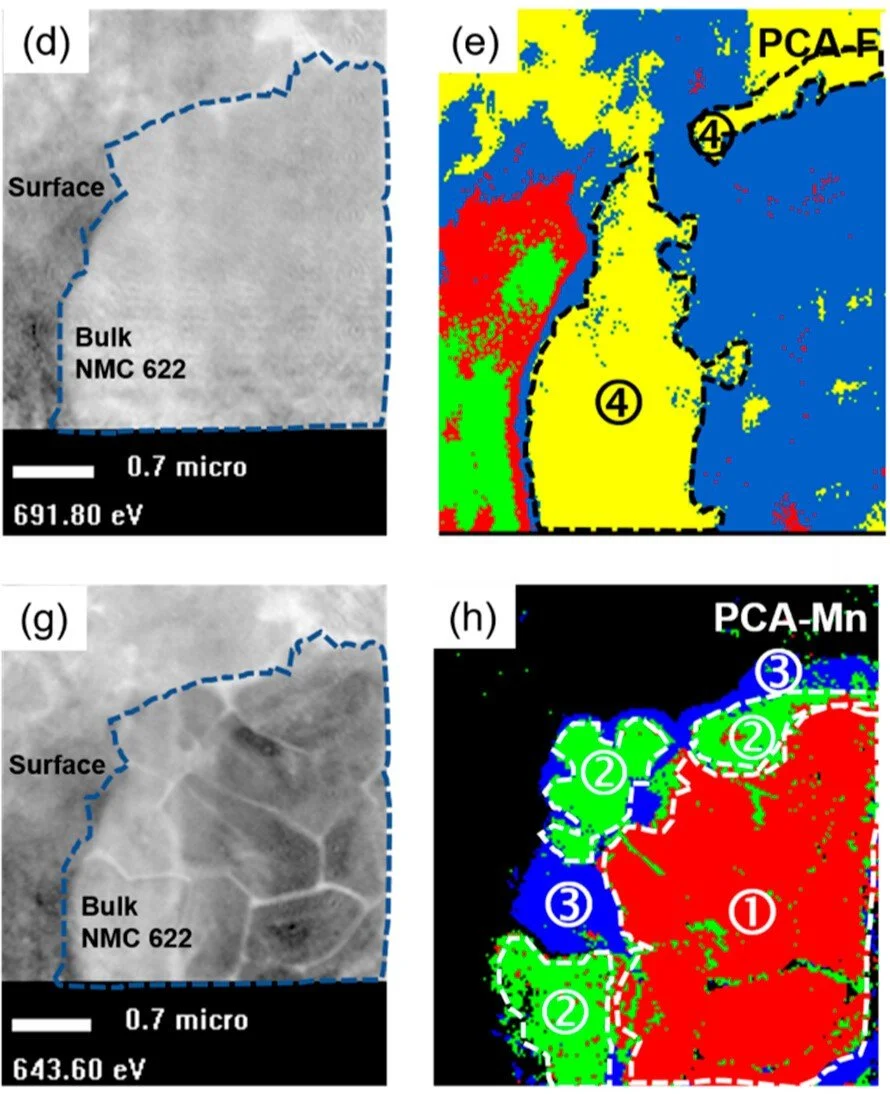The fascinating future of metal tellurate materials
This post first appeared on the Canadian Light Source.
Scientists have determined the structure of a new material with potential to be used in solar energy, batteries, and splitting water to produce hydrogen.
The physical properties and crystal structures of most tellurate materials were only discovered during the last two decades, but they have tantalizing properties. For example, they respond to light in a way very similar to current solar materials.
“This could be one material for all applications,” says University of Oulu scientist Dr. Harishchandra Singh. “But they are new and very little is known in the literature. We are am trying to explore all its unexplored and hidden properties.”
Identifying the structure of new materials is often the first step to unlocking their potential for applications. The international team, led by Matthias Weil (Vienna University of Technology) and Dr. Singh, successfully created a single crystal of a metal tellurate compound, making it possible to precisely define its structure with better accuracy than ever before.
The pair used the Canadian Light Source (CLS) at the University of Saskatchewan to understand how the material works under real world conditions. A longtime user of the facility, Singh knew that the Brockhouse beamline could help confirm the structural details they had uncovered.
Their results, published in the journal Materials Advances, overturn what was previously thought to be the structure of metal compounds.
“With the results that we are publishing here, one can think of using these metal tellurate compounds for a practical application in future in a solar cell and also in water splitting to produce hydrogen.”
Singh hopes to keep working on and discovering new uses for these fascinating materials. “I feel really excited to be part of discovering a new material which is useful for our current scenario, especially solving global issues like climate change,” says Singh.
Lead author Weil shares that excitement. "I am always amazed that a closer look at a material can explain special properties and thus enables practical applications, which is particularly true for the family of metal tellurate," he says.
Weil, Matthias, Prativa Pramanik, Pierfrancesco Maltoni, Rebecca Clulow, Andreas Rydh, Manfred Wildner, Peter Blaha et al. "CoTeO 4–a wide-bandgap material adopting the dirutile structure type." Materials Advances (2024). DOIhttps://doi.org/10.1039/D3MA01106B




